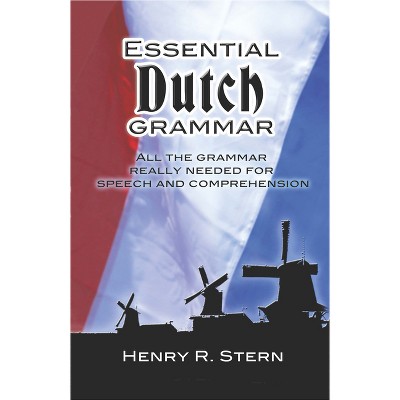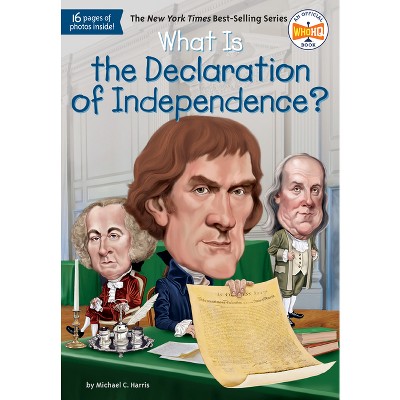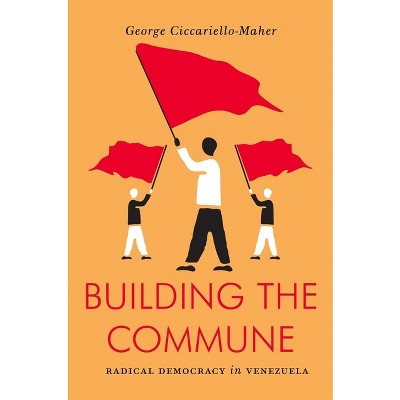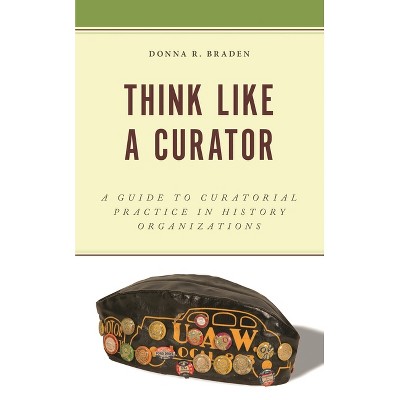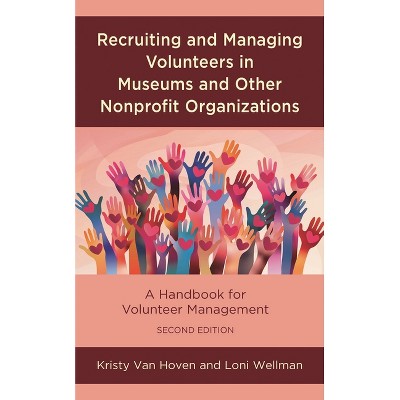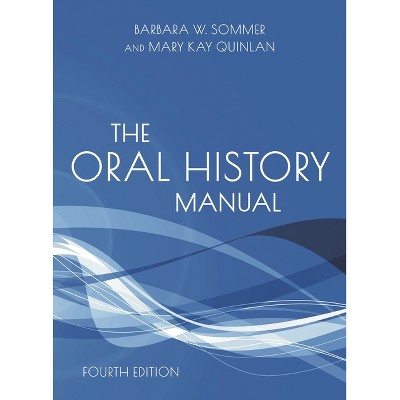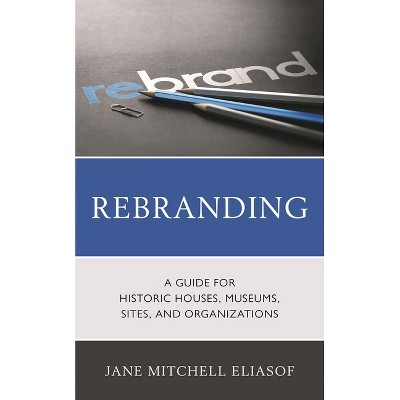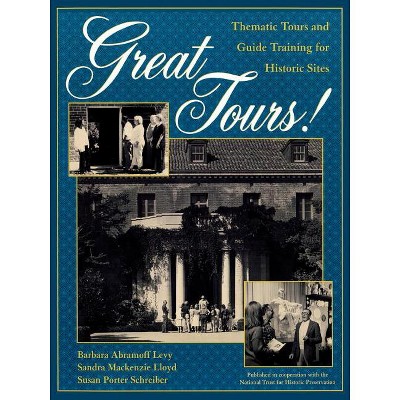Sponsored

Archives 101 - (American Association for State and Local History) by Lois Hamill (Paperback)
In Stock
Sponsored
About this item
Highlights
- Archives 101 is a guidebook for people who care for historical records, photographs, and collections but do not have the appropriate professional training.
- About the Author: As university archivist, Lois Hamill is head of the Special Collections and University Archives at Northern Kentucky University.
- 302 Pages
- Language + Art + Disciplines, Library & Information Science
- Series Name: American Association for State and Local History
Description
About the Book
Archives 101 is a guidebook for people who care for historical records, photographs, and collections but do not have the appropriate professional training. Lois Hamill provides practical, step-by-step guidance for managing all facets of archival collections, from acquisition, ...Book Synopsis
Archives 101 is a guidebook for people who care for historical records, photographs, and collections but do not have the appropriate professional training. Lois Hamill provides practical, step-by-step guidance for managing all facets of archival collections, from acquisition, arrangement, and description to storage and security.
Review Quotes
[This] is an eminently readable introduction to archival practices and a useful guide to help people begin hands-on archival work quickly and with confidence. Hamill's prose is clear, concise, and jargon-free. It could easily be handed to a new archives employee or volunteer to give them an overview of core archival concepts. Even for employees or volunteers at larger institutions who might be focused on one aspect of archival work and isolated from other departments, Archives 101 provides a thorough look at the work of a cultural institution when it comes to processing, making available, and storing documents, photographs, and other objects.
Archives 101 gives example forms and information layouts with formatting, along with concrete examples fromArchives, Libraries, Museums and RecordManagement practices. The text is a welcoming and helpful guide for complete beginners who have never worked in libraries, museums, or academic institutions. The work is also suitable for a beginning professional to ensure a strong understanding and base knowledge, or new cultural organizations to grow as a collection and an archive while keeping in mind patron needs. The book is an effective plan, which, to quote Hamill, "is comprehensive, simple, and flexible" (p.203).
Hamill gets back to basics in this practical guide to archives. Beginning with foundational definitions and concepts, she focuses on the types of material that are often found in local historical collections and offers guidance on acquiring new materials, arranging a collection, and managing different kinds of archival resources, including paper-based records, photographs, audiovisual materials, books, artworks, and objects. Particularly useful is the chapter on finding aids, including examples of finding aids that use the descriptive standard known as "Describing Archives: A Content Standard." Although she references other collection management software too, Hamill uses PastPerfect to illustrate her instructions for creating archival descriptions. There are appendixes for guidelines and policies, sample forms and workflows, representative examples, and vendors. The author relies on real examples throughout the book, and chapters include reading resources. This excellent and practical primer is a solid choice for staff of local collections, and educators and students of archiving.
Hamill's book provides an easy-to-understand and engaging tour of the topics that most often confuse the avocational or novice archivist, and one that even experienced archivists will return to time and again for helpful assistance. The text covers a broad spectrum of archival practices with particularly timely advice on digitization projects, caring for digital records, and issues related to online access.
Hamill's book Archives 101 is clearly the book for museums, historical societies and others who collect historical artifacts. The book is arranged for those of us who are not professionals but are beginners who are looking at basic concepts and definitions, and how to arrange and describe collections. Items are given their own chapters if you are looking for how to handle and manage photographs. There is even a section on disaster preparedness which we all hope to avoid, but should be ready for. Overall I have found this book to be a good one for societies and museums as a reference book in their collections. It will not be a book to collect dust on the shelf but will be a valuable resource for them.
Lois Hamill's Archives 101 is a treasure. This easy-to-read, up-to-date guide is suitable for many audiences--from those starting out as a volunteer, to archivists who desire a little refresher, to instructors teaching introductory archives. My students loved it!
Lois Hamill's Archives 101 is a wonderful introduction to the archival challenge--to preserve, protect, and provide access to cultural heritage materials. Designed for archivists-in-training who manage archival collections in small cultural organizations, Archives 101 is a well-written, straightforward, and much needed 'A-Z' archives guidebook.
About the Author
As university archivist, Lois Hamill is head of the Special Collections and University Archives at Northern Kentucky University. She has earned the rank of full professor. She has been a practicing archivist for twenty years working with academic records, photograph and local history collections, and local government records. She previously worked for a local historical society, local government and a public library. She holds a masters degree in History/Archival Methods from the University of Massachusetts Boston, a masters in library and information science from Simmons College, Boston, is a certified archivist and has earned the Society of American Archivists' Digital Archives Specialist certification. She also attended Rare Book School at the University of Virginia.
She has spoken at national, regional and state conferences on diverse archival, history and library topics, taught a photograph workshop at the annual American Association of State and Local History conference, and state workshops on archival arrangement and collections care. She was the principle investigator for an NEH Sustaining Cultural Heritage Grant to create and maintain a sustainable preservation environment through monitoring and analysis of the existing HVAC system in order to mitigate humidity problems and save energy; and a security assessment grant. As a successful grant writer, she has also been asked to serve on several federal grant review panels. She has co-managed several digitization projects, development of an institutional repository and installation of compact shelving.
Hamill's focus on archival arrangement and description dates to her master's thesis, which was followed by an independent study analyzing a library collection management module's compliance with archival theory when applied to photographs. Her award winning first book focuses heavily on arrangement and description and photography but broadly encompasses her other experiences. A subsequent second book, Archival Arrangement and Description: Analog to Digital starts with analog records and progresses to digital records, integrating information and standards in a unique manner.
Shipping details
Return details
Trending Non-Fiction





